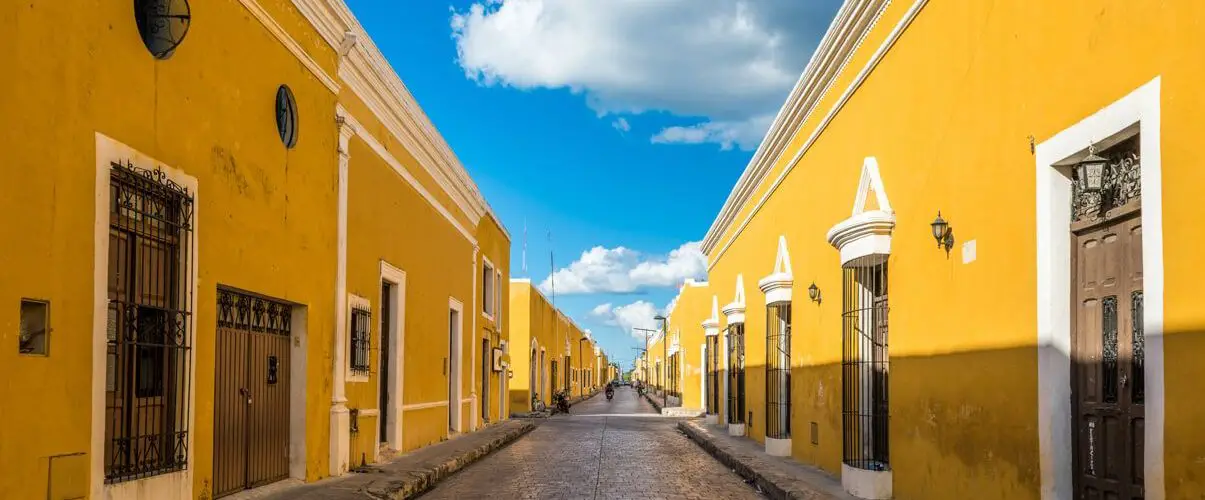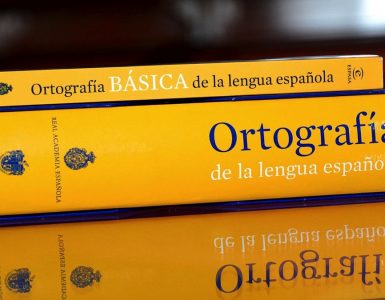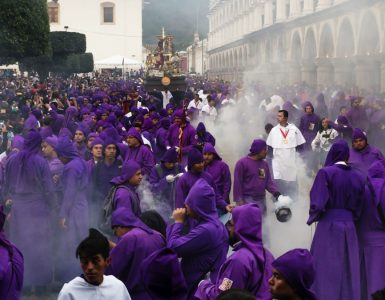Yellow has many names in Spanish, and even that could not cover all the tonalities that derive from this primary color. It has been a color with great relevance in art, health and even in society as a civilization, which is why it is so important to know where it comes from and what importance each term had and has today. I will show the different ways of saying yellow in Spanish, where they come from etymologically and in what situation each one is used in Spanish slang.
Amarillo – Yellow
Although the first pigment discovered by man of this tone was ocher, the Egyptians later managed to obtain a brighter yellow to be used in their paintings. The term amarillo means pale yellowish and bitter in Latin, originating from the color of the skin of people suffering from jaundice. This disease is characterized by yellowish skin as a product of the accumulation of bilirubin in the blood, and the secretion of bile, a bitter and yellowish liquid. It became so common that all similar tones were called yellow and nowadays it is the most commonly used way to name any color of that range in Latin America as well as Spain.
Amarillento – Yellowish
This word is derived from amarillo and means “that is yellow”. We use it to refer to any tone similar to yellow that is not the classic vibrant yellow that is known as the primary color in the color palette. This word is used daily both verbally and in writing, and without distinction in formal and informal situations.
Ámbar – Amber
Amber comes from the Arabic term meaning “that which floats on the sea” because fragments of this semi-precious stone were often found floating on the sea. Nowadays it refers to a semi-precious stone from which the term ámbar was taken to designate its characteristic color and beauty. It is also a feminine proper name widely used in Latin America since it is considered a precious gem like a ruby or sapphire which are also used to name girls in Spanish.
Ambarino – Ambarine
It derives from the previous term and literally means “having the appearance or color similar to amber”. When we refer to amber, we are describing a specific color ranging from yellow with very vibrant orange flashes. When this same color is presented with darker or paler shades, it can be said to be ambarino in color.
Jalde – Khalde
This way of saying yellow in Spanish comes from the French term meaning “light green color”, however, if we refer to a color palette, it looks more yellow than green. An object can be said to be jaldado when it has a yellowish/greenish hue, like some varieties of pistachio. Although similar in spelling to jade, jalde is a completely different word.
Gualdo – Color of the flower of Walda
Gualdo means “which is like the flower of Gualda”. Gualda is a yellow flower found mostly in Spanish fields and is also known as raseda. This term is used in Spain in such a way that one way to refer to the flag of this country is the flag rojigualda or simply la rojigualda, to refer to its yellow and red stripes.
Ocre – Ochre
Ochre is a mineral that contains iron oxide and occurs in clay. Although its colors can vary from yellow to reddish tones, the most common is the first one. The pigment extracted from this type of clay was used in prehistoric and other ancient times to paint and represent objects such as gold and skin tones. That is why it is said that ochre came first before yellow since yellow arises from chemical treatments of ochre clay to obtain it.
Pajizo – Straw
It comes from straw or hay and means “having a straw-like color”. It is also used to describe the texture of these dried stalks in other objects, such as hair (straw-like hair). It is used a lot in Spain, but you need to be careful if you use it in Latin America because it has a completely different meaning. The pajizos are men who usually masturbate compulsively, since paja is also a synonym of masturbation, because of the movement made with the hand. So if you want to avoid embarrassing situations, don’t use this term in Latin America.
Dorado – Gold
It comes from the Latin that is covered with gold or “that which received the action of browning”, so it is often used daily in gastronomic environments to describe the cooking of some food, as it is also used to describe this bright yellow color in any environment.
Rubio – Blond
It comes from the term reddish and fiery color and was first used to describe the tone of hair similar to the flame of the fire, being at the same time synonymous with flavo, a tone that is currently associated with light orange tones, almost reaching white. Rubio is no longer used to refer only to the hair, but also to light colorations in nature, such as blond onions and blond peppers to name a few.
Leonado – Fawn
This dark-blond color resembles the fur of the lion. It is a more formal and distinguished way of saying amostazado which means “having the color of mustard” to refer to colors of this tone. It is used more in Spain than in Latin America because in Latin America the term mustard yellow or amostazado is more common to name this type of yellow.
Áureo – Aureus
It is a direct synonym of dorado since it means “that which is of the color gold”. Gold was formerly aurum, so from this etymological term áureo is derived. It describes a bright yellow color that is associated with divinities and can often be found in Byzantine art, where they painted the aura of the saints with this characteristic bright yellow color.
Aciaguatado – ‘Ciguatera’ fish poisoning
This term is associated with pale yellow tones, as it etymologically means pale and yellowish. It derives from ciguatera, a frequent intoxication in humans who consume fish found near reefs that feed on toxic algae and that present a pale and yellowish skin during intoxication. In this sense, aciguatado also means suffering from ciguatera, so it can refer to both the disease and the pale yellowish tones.
Ictérico – Icteric
As mentioned above, jaundice was a common disease whose main characteristic was yellowish skin. Although in ancient times people who suffered from it were called yellow, the current term used to describe a person who has this condition is ictérico. So it is a term that is used directly to refer to a person or animal with yellowish skin but not to describe any tone found in nature, as is the case with yellow.
Final thoughts
Among the different ways of saying yellow in Spanish, we can find that each one applies to different fields, from artistic expressions to diseases that change the natural appearance of human skin. The color yellow has even come to have different meanings for many people through the ages, who associate it with the divine, with beauty and with some flowers. I hope that this article has helped you understand the different ways of saying yellow in Spanish and how to use them in every aspect of daily life.










Add comment